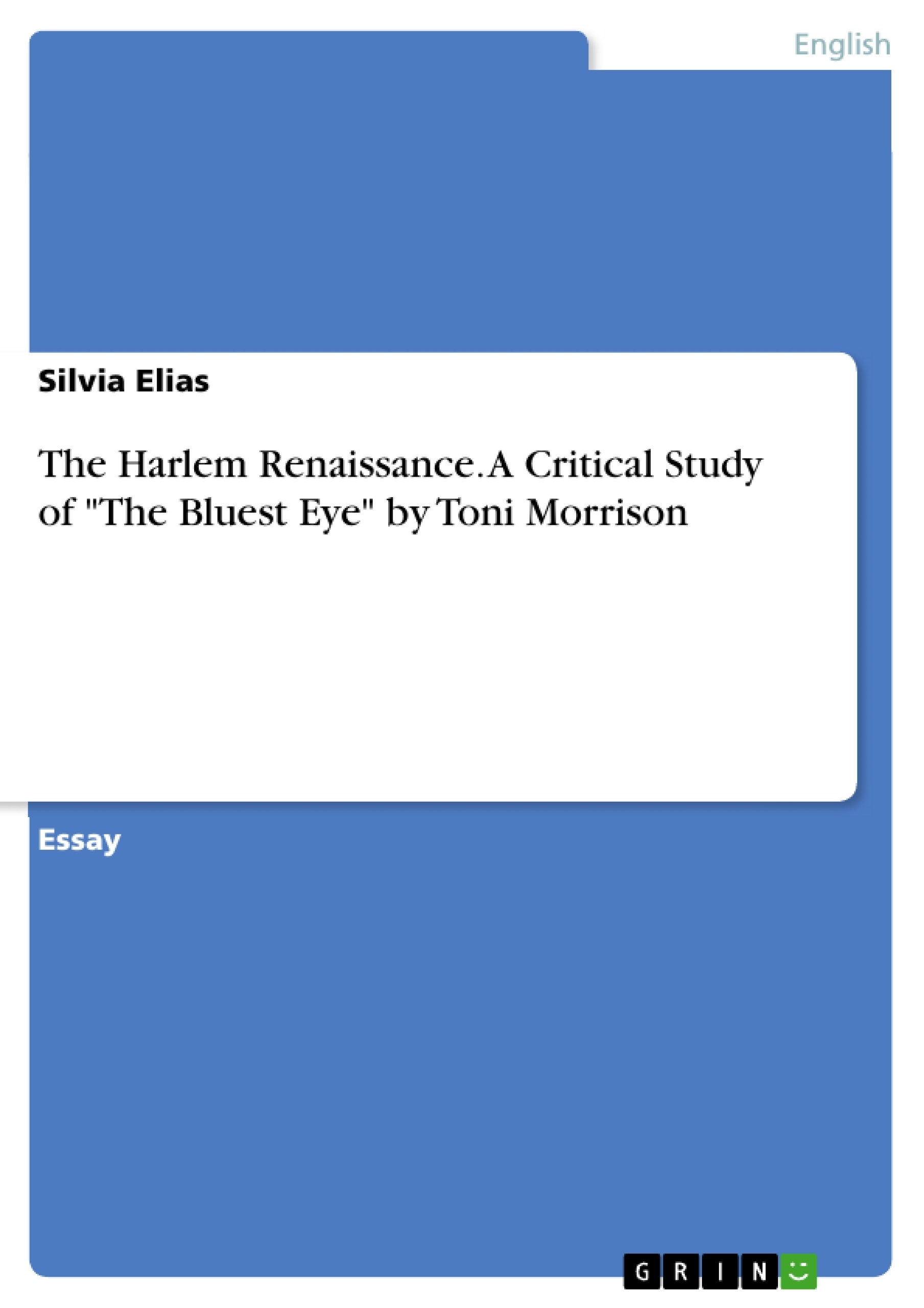Toni Morrison belongs to the modern literary and artistic movement which reached its peak in the 1920s. She was affected by towering figures like Virginia Woolf and William Faulkner. She believed in the modernist slogan that says "The medium is the message," or "The form is the content," which means that how a message or theme is presented is as important as what the message or theme is.
Unlike earlier writers who wrote chronological narratives which in some ways reflected the conventions of history writing, modernists became interested in representing the way characters thought. They decided that people did not think in sequential, logical, or chronological ways but much more as a sort of free association of thought. This is what many modernist writers attempted to capture in their novels and they called it the stream of consciousness narration. Morrison was affected by this literary school to a great extent.
Inhaltsverzeichnis (Table of Contents)
- The Vitality of Language
- Modernism and the Stream of Consciousness
- The Harlem Renaissance
- The Bluest Eye and the 1970s Culture
- The Great Migration and the Breedlove Family
- The Power of Beauty and the Blue Eyes
Zielsetzung und Themenschwerpunkte (Objectives and Key Themes)
Toni Morrison's The Bluest Eye explores the damaging effects of racism and the societal standards of beauty on African-American children in the 1940s. The novel delves into the psychological and emotional toll of internalized racism, emphasizing the longing for acceptance and the search for identity in a world that consistently devalues Black beauty.
- Internalized Racism and Self-Perception
- The Power of Societal Beauty Standards
- The Search for Identity in a Racist Society
- The Impact of Trauma on Childhood Development
- The Role of Family and Community in Shaping Identity
Zusammenfassung der Kapitel (Chapter Summaries)
- The first chapters introduce the Breedlove family, particularly Pecola, the protagonist, and her yearning for blue eyes. The narrative explores the societal pressures that shape their perception of beauty and the impact of racism on their lives.
- The story delves into the complexities of the Breedlove family, focusing on Pauline's internalized racism and her yearning for a white-idealized life. The narrative explores the struggles of the Great Migration and the challenges faced by African Americans seeking a better life in the North.
- Pecola's desire for blue eyes intensifies, symbolizing her yearning for acceptance and belonging in a society that values whiteness. The novel explores the impact of societal beauty standards on her self-esteem and the emotional consequences of her longing.
- The narrative shifts to Claudia and Frieda, two young girls who grapple with their own understanding of beauty and the societal messages they receive. The chapter examines the impact of racism on their childhood and the ways they challenge the prevailing norms.
- The story further explores the complexities of the Breedlove family, highlighting the trauma and abuse experienced by Pecola. The narrative examines the impact of these experiences on her mental and emotional well-being.
Schlüsselwörter (Keywords)
The Bluest Eye delves into the themes of beauty, racism, identity, childhood trauma, and societal pressures. It examines the impact of internalized racism and the search for belonging in a world that devalues Black beauty. The novel also explores the complexities of family dynamics, the role of community, and the enduring power of hope in the face of adversity.
- Quote paper
- Dr. Silvia Elias (Author), 2013, The Harlem Renaissance. A Critical Study of "The Bluest Eye" by Toni Morrison, Munich, GRIN Verlag, https://www.grin.com/document/283517
-

-

-

-
Upload your own papers! Earn money and win an iPhone X. -

-
Upload your own papers! Earn money and win an iPhone X. -

-
Upload your own papers! Earn money and win an iPhone X. -

-
Upload your own papers! Earn money and win an iPhone X. -

-
Upload your own papers! Earn money and win an iPhone X.

